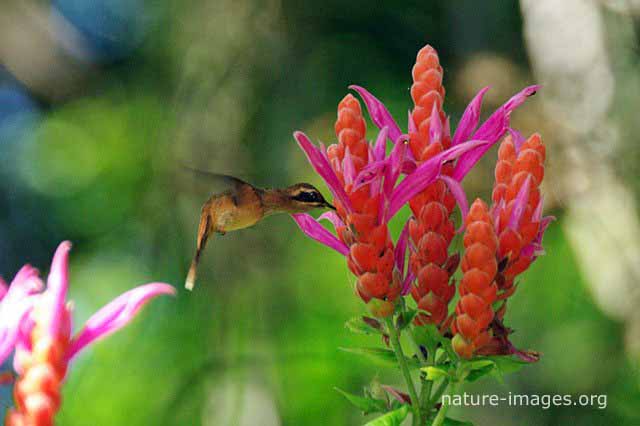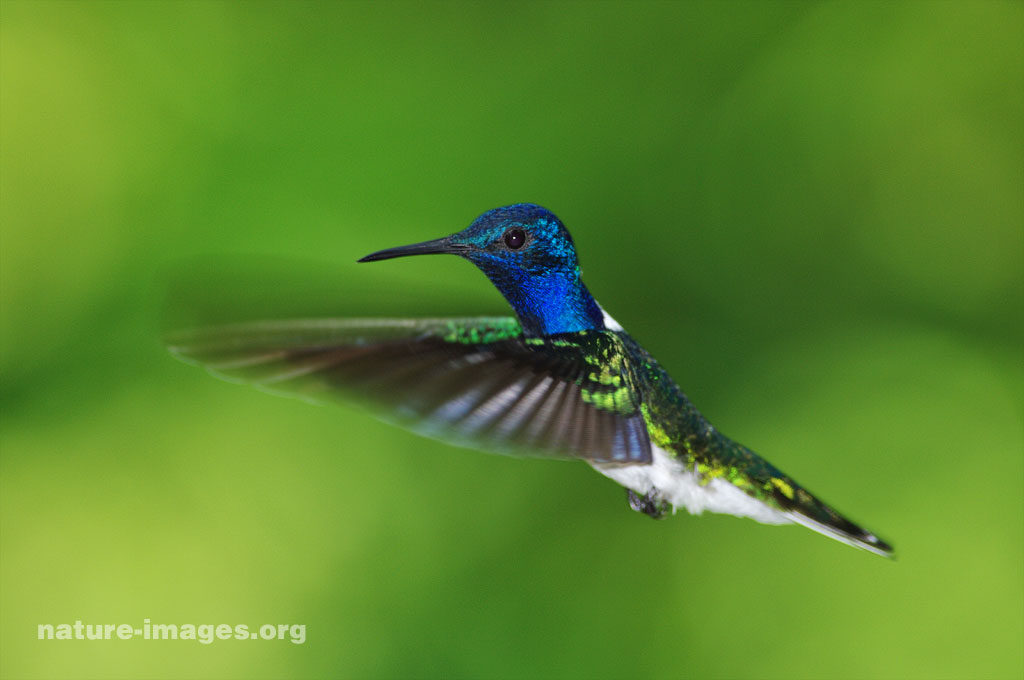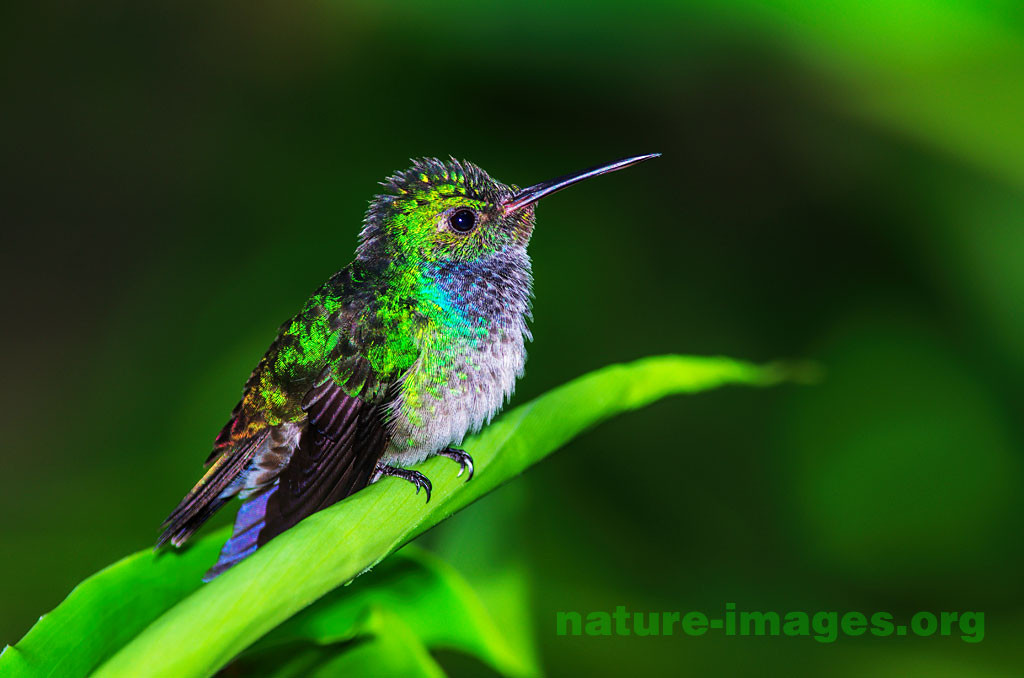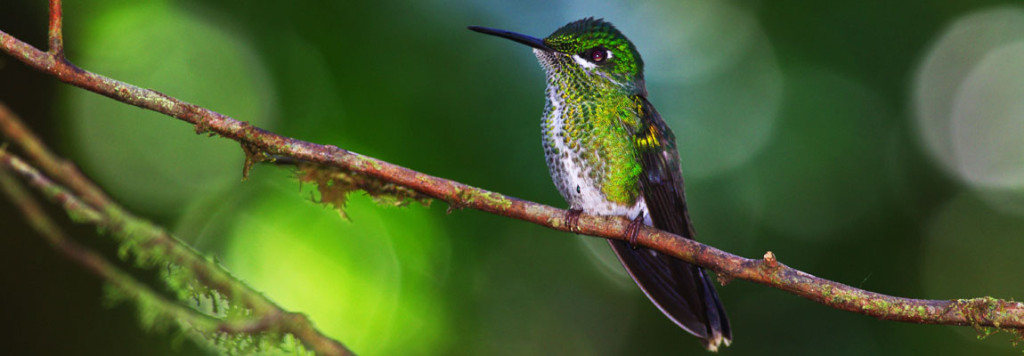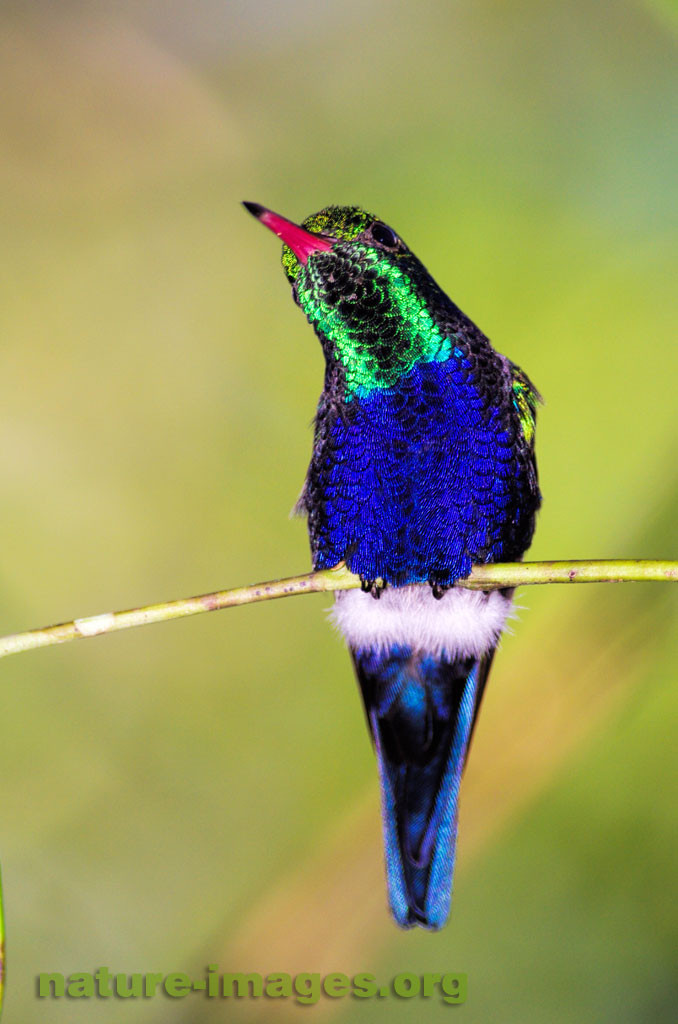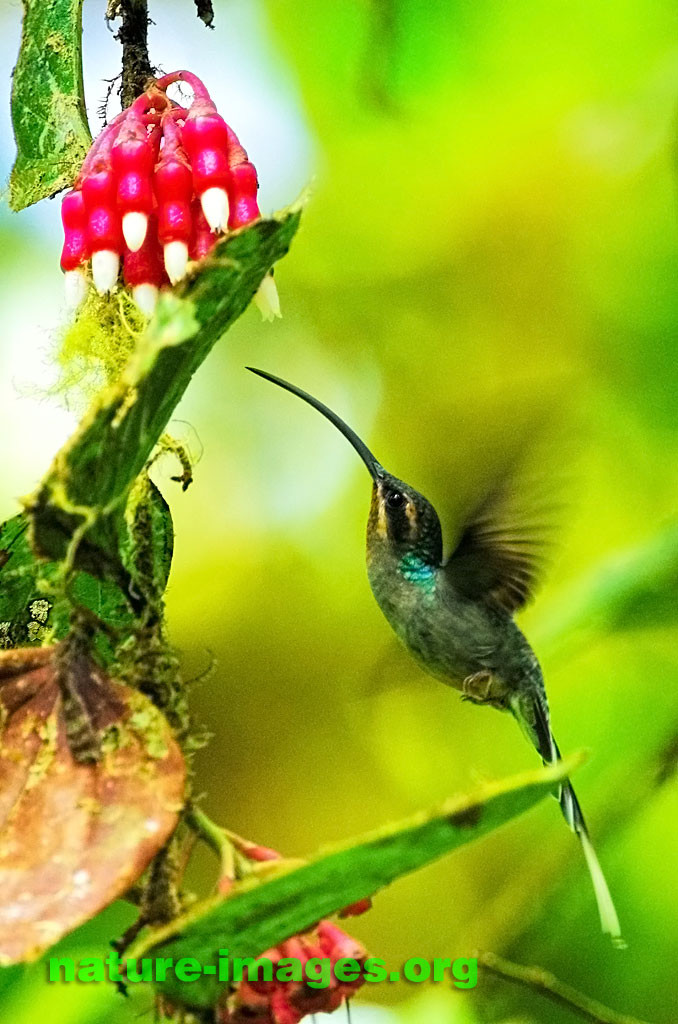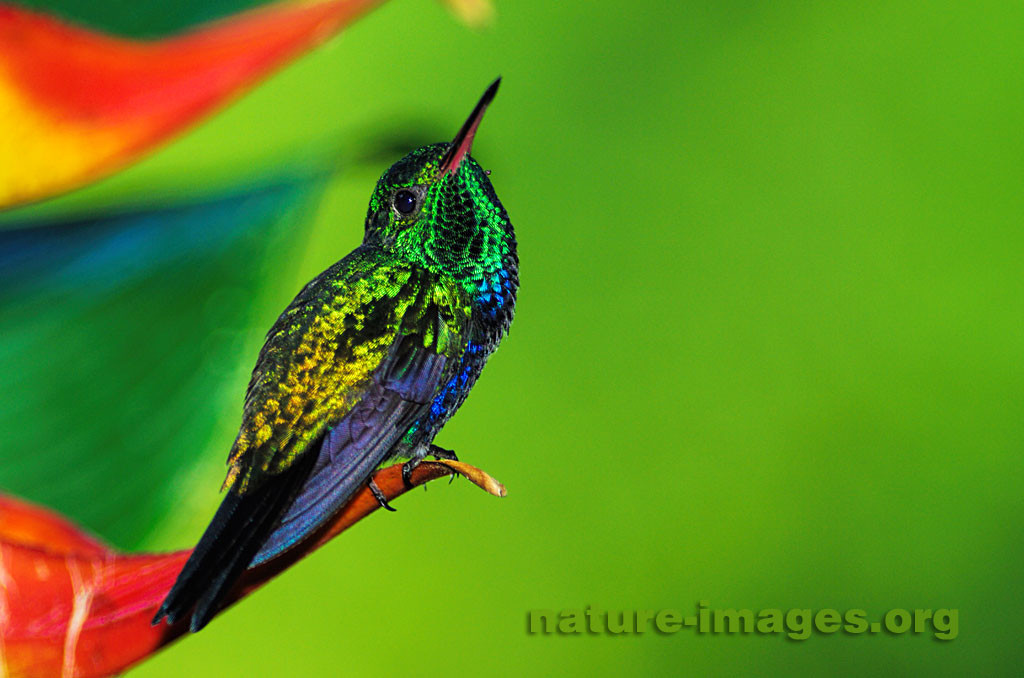Hummingbirds are some of the most fascinating creatures in the animal kingdom. With their vibrant colors, lightning-fast wing movements, and incredible flying abilities, it’s no wonder they captivate nature lovers worldwide. But these tiny birds, often smaller than the palm of your hand, are more than just beautiful to watch. They are important pollinators and have unique biological traits that make them one of nature’s wonders.
In this article, we will delve deep into everything you need to know about hummingbirds, from their physical characteristics to their habitat, behavior, and importance in the ecosystem. So, if you’re curious about these fluttering marvels, keep reading!
1. What Makes a Hummingbird Unique?
Hummingbirds are small, but powerful. One of the most remarkable features of a hummingbird is its ability to hover in mid-air. This is due to its rapid wing-flapping speed, which can reach up to 70 beats per second in some species! They are also the only birds that can fly backward, giving them unparalleled agility in the air.
Another unique trait of hummingbirds is their metabolism. These birds have an extremely high metabolic rate, which allows them to maintain their energy levels while consuming vast amounts of nectar. To put it in perspective, if a human had the same metabolism, they would need to eat thousands of calories a day just to survive!
2. Physical Characteristics of Hummingbirds
While there are over 300 species of hummingbirds, they all share some common features. Most species range between 3 to 5 inches in length and weigh less than an ounce. Their small size, combined with their iridescent feathers, gives them a jewel-like appearance. These feathers can shimmer in various colors, from bright reds and greens to deep blues and purples.
The beak of a hummingbird is another essential feature. Hummingbirds have long, slender beaks that help them access nectar deep within flowers. Their tongues are forked, allowing them to lap up nectar with incredible efficiency.
3. The Amazing Flight Capabilities of Hummingbirds
Hummingbirds are aerial acrobats. Their unique wing structure allows them to perform maneuvers that no other bird can replicate. In addition to hovering and flying backward, hummingbirds can move straight up and down, side to side, and even do flips in the air!
This agility is largely due to the ball-and-socket joint in their shoulders, which enables their wings to rotate 180 degrees in all directions. Combined with their rapid wing beats, hummingbirds can reach speeds of up to 30 miles per hour in regular flight, and up to 60 miles per hour during dives!
4. Diet: What Do Hummingbirds Eat?
Nectar is the primary source of energy for hummingbirds, which is why they are commonly seen around flowering plants. They feed on nectar by using their long beaks and forked tongues to reach deep into flowers. The sugar in the nectar provides them with the energy they need to sustain their high-energy lifestyle.
However, hummingbirds can’t survive on nectar alone. They also eat small insects and spiders to get the protein, vitamins, and minerals they need for overall health. A balanced diet is essential for keeping them strong, agile, and healthy.
5. How Hummingbirds Play a Role in Pollination
As hummingbirds fly from flower to flower, they unknowingly play a vital role in pollination. When they feed on nectar, their heads brush against the flower’s pollen, which is then carried to the next flower they visit. This helps plants to reproduce and maintain biodiversity in various ecosystems.
Hummingbirds are especially important in areas where other pollinators, like bees, are less active, such as at higher altitudes or in colder climates. Their ability to hover in front of flowers allows them to pollinate plants that might not otherwise receive enough attention from insects.
6. Migration: How Far Do Hummingbirds Travel?
Some species of hummingbirds are migratory, traveling thousands of miles between their breeding and wintering grounds. The Ruby-throated Hummingbird, for example, migrates from North America to Central America every year, crossing the Gulf of Mexico in a single, non-stop flight that can take up to 18 hours!
Hummingbirds prepare for these long journeys by consuming large amounts of food and storing energy in the form of fat. In fact, they can double their body weight before embarking on their migration. This fat serves as fuel for their long and demanding flight.
7. The Role of Hummingbirds in Culture and Mythology
Hummingbirds have held a special place in the mythology and folklore of many cultures. In Native American cultures, they are often seen as symbols of love, beauty, and joy. Some stories depict them as messengers between humans and the spirit world.
In Aztec mythology, the god Huitzilopochtli was often represented as a hummingbird, symbolizing war and the sun. In other cultures, hummingbirds are seen as a reminder to live in the present and enjoy the beauty of life.
8. Attracting Hummingbirds to Your Garden
If you’re a bird lover, attracting hummingbirds to your garden can be a rewarding experience. To do this, consider planting hummingbird-friendly flowers such as red, tubular blossoms, which they are naturally drawn to. Some popular choices include bee balm, trumpet vine, and cardinal flower.
You can also hang a hummingbird feeder filled with a mixture of sugar and water. Just make sure to clean the feeder regularly to prevent the growth of mold, which can be harmful to these delicate creatures.
9. Common Species of Hummingbirds
While there are over 300 species of hummingbirds, a few stand out for their beauty and widespread presence. Here are some of the most well-known species:
- Ruby-throated Hummingbird: The most common species in eastern North America.
- Anna’s Hummingbird: Found year-round on the West Coast of the United States.
- Black-chinned Hummingbird: Known for its adaptability and wide range across the southwestern U.S.
- Costa’s Hummingbird: A desert-dwelling species with stunning purple feathers.
Each species has its own unique characteristics, but all share the same energetic and fascinating behavior.
10. How to Protect Hummingbirds in the Wild
As beautiful as hummingbirds are, they face threats from habitat loss, climate change, and the use of pesticides. By planting native plants, avoiding the use of harmful chemicals in your garden, and supporting conservation efforts, you can help protect hummingbirds and their habitats.
Additionally, participating in citizen science projects like monitoring hummingbird feeders or reporting sightings can contribute valuable data to researchers studying these birds and their migration patterns.
Conclusion
Hummingbirds are among the most extraordinary birds on the planet. Their small size belies their incredible strength, agility, and endurance. Whether they are pollinating flowers, migrating across continents, or dazzling us with their brilliant colors, these birds play a crucial role in maintaining the balance of ecosystems.
By understanding more about these incredible creatures and taking steps to protect their habitats, we can ensure that future generations will be able to enjoy the beauty of hummingbirds for years to come. Whether you’re a casual observer or a dedicated bird enthusiast, one thing is for sure—hummingbirds will always leave you in awe.
Please bookmark us now press ctrl+d and visit again soon for more fascinating nature images! Here some recommended links selected for you: The Best Books of the Month, Todays best Deals at Amazon, Best Sellers in Cell Phones & Accessories and last but not least the easy and great way to send a gift for the holidays: Amazon.com eGift Card (Instant Email or Text Delivery).
A selection of Nature images, wildlife, flora and landscape stock photos, to see many more images and to license our stock photos please see our complete collection of our wildlife, flora and landscape stock images here at Alamy.
Introducing our captivating photo book showcasing the mesmerizing flora and fauna of Panama! Dive into the vibrant world of biodiversity with stunning imagery capturing the essence of Panama’s natural wonders. From majestic birds to elusive wildlife and breathtaking landscapes, this book is a visual feast for nature enthusiasts.
Don’t miss your chance to own a piece of Panama’s natural heritage. Order your copy here at Amazon now and embark on a visual journey through the enchanting landscapes and fascinating wildlife of Panama!


